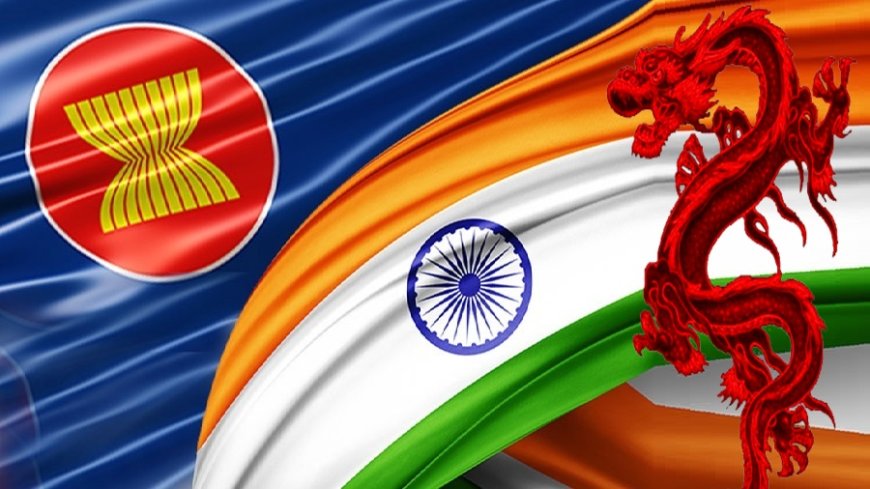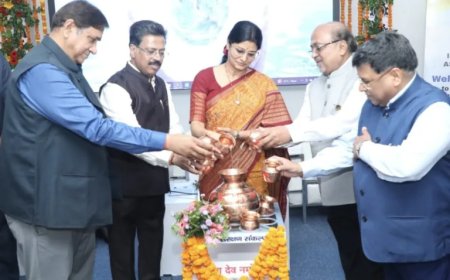India’s Rare Calm in a Turbulent Neighbourhood
India’s Rare Calm in a Turbulent Neighbourhood

New Delhi: In a region where political unrest and economic crises are routine, India stands as an exceptional island of stability. Across South Asia, governments have been shaken by protests, debt defaults, and political revolts — yet, India remains largely unruffled, its economy robust and its democracy steady.
Earlier this year, Nepal witnessed a surge of youth protests driven by frustration over inequality — while ordinary citizens battled unemployment, the privileged flaunted their luxury lifestyles online. In Bangladesh, student-led demonstrations brought down a long-serving government. Sri Lanka, in 2022, saw citizens storm the Presidential Palace amid a devastating economic collapse. Meanwhile, Pakistan continues to grapple with political volatility and an IMF-dependent economy.
Amid such turbulence, India — the region’s largest economy and most stable democracy — continues to surprise the world with its balance and resilience. Despite facing trade challenges, including punitive tariffs from Washington over its continued oil imports from Russia, and managing complex geopolitical tensions with Pakistan and China, India’s growth trajectory remains firm.
Its macroeconomic indicators tell a reassuring story: foreign exchange reserves near $700 billion, government bond yields below 7%, and annual GDP growth consistently between 6% and 8%. In contrast, nations like Pakistan and Sri Lanka are burdened with double-digit interest rates and mounting debt.
India’s current stability is not accidental — it has been earned through decades of reform. Since independence, the country has endured repeated balance-of-payment crises, from the 1965 drought to the 1991 oil shock. The turning point came with the liberalization drive led by then Finance Minister Dr. Manmohan Singh, which opened markets, deregulated industries, and built fiscal discipline into governance.
By 2013, global investors still saw India as part of the “Fragile Five” — vulnerable to U.S. rate hikes and external shocks. But today, with banking reforms, improved insolvency laws, and non-performing assets falling from 15% in 2018 to 3%, India’s financial foundation has grown remarkably strong.
Fiscal prudence has played a crucial role too. While maintaining twin deficits, India has cut its budget deficit from 9% during the pandemic to under 5%, aiming to bring down the debt-to-GDP ratio to 50% by 2031. The surge in services exports — especially IT and business process outsourcing — now contributes 15% of GDP, reducing dependence on volatile capital inflows.
Energy, once India’s Achilles heel, has also been managed wisely. Strategic oil reserves, increased refining capacity, ethanol blending, and discounted Russian crude have not only reduced import bills but also strengthened energy independence.
Of course, challenges persist — unemployment among graduates remains high, and social inequalities occasionally spark unrest. Yet, surveys by the Centre for Monitoring Indian Economy reveal a quietly hopeful picture: while most Indians rate their present satisfaction moderately, they expect their lives to improve in the next five years.
This optimism is India’s true strength. In a region haunted by fragility, India’s calm reflects not complacency but confidence — the confidence of a nation that has learned, through experience and reform, how to stay steady when the world around it sways.
What's Your Reaction?













































